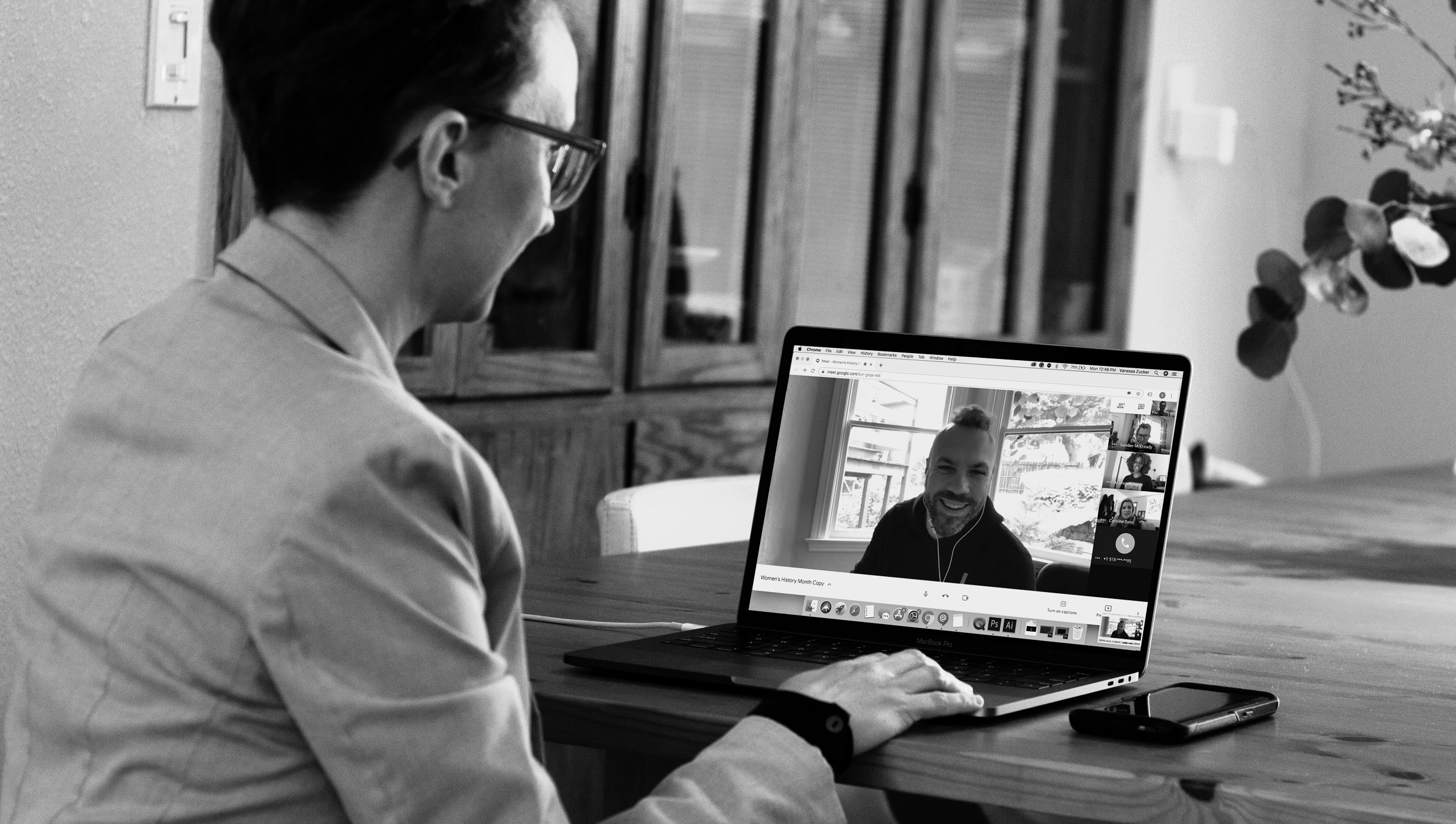
Pivoting From In-Person to Virtual Events: Five Steps to Take Today

Governmental and self-imposed restrictions related to Covid-19 are affecting our communities and businesses more and more each day. And with the new normal encompassing social distancing, working remotely, and elimination of public gatherings for the foreseeable future, it’s time to take a hard look at your business events strategy and make changes—today.
While shifting to digital across the board may seem like a good plan, our clients—especially our global clients—are taking a more measured approach to truly identify what can convert to digital and what can’t.So, whether you’re a large company dealing with hundreds of scheduled events on the horizon or a small or mid-sized business (SMB) with a handful of important events planned, here are five tips for pivoting from an in-person to a digital event strategy:
1. Create an events steering committee. The committee should comprise your core team of go-to marketing events experts and may also include additional partners or resources from other teams (technology, for example). These leaders can provide guidance to your local and regional marketing folks who are trying to understand what's happening on a global scale so that they can act in their own markets. The committee can also help streamline processes and communication around changes in strategy, as well as train marketers on how to respond in this unique environment.
2. Evaluate events through Q2. Be realistic about what’s absolutely necessary. Solve through the end of Q2 for now, keeping the following in mind:
- What to cancel. Any in-person event scheduled for the upcoming two to three weeks can’t be executed well digitally in this short time frame. And networking-focused events don’t translate well to virtual meetings. Push or cancel these.
- What to convert to digital. For Q2 (April through June), evaluate what can and should be shifted to a digital format, and what can be postponed until Q3 or beyond. Educational or product-focused events—as well as keynotes and interviews—adapt well virtually. Anything else could probably be pushed out. Think in terms of what your customer and audiences could benefit from now.
- Consider consolidation of similar content. Create fewer events and invite bigger, broader audiences.
- Identify what success looks like. Conversion of an in-person event to a digital format (even on the same topic) will have vastly different benchmarks of success. As you evaluate what to cancel and what to convert, think about what success would look like—attendance numbers, how long attendees stayed, social media shares, content downloads, and so on—and whether the success goals are achievable for this particular event in a virtual environment.
3. Take inventory. Determine technology resources, workstreams, and team skill sets.
- Consider event platforms. If you need a third-party events platform, do your research on what other companies your size are using. Once you have a list put together, build out a matrix of features such as analytics, bandwidth charges, customer support, embedding capabilities, and social media integration.
- Evaluate workstreams. Do you have access to a studio, video team, and professional production team? Or maybe you have a studio, but need to hire professionals to help with recording and production. When considering formats, evaluate which tools and teams you have and which you’ll need, as these could add time and cost.
4. Create a solid virtual experience. Before you craft one single piece of content, strive to understand your audience, their pain points, and what they will gain by attending your event. Make sure that you’re bringing them a unique and valuable experience, one they can’t get anywhere else.
- When it comes to content, think like an audience member. How can you help them in their business? What do you have to offer that’s unique? For big-picture topics, one strategy might be to create either very short, prerecorded video content or a TED Talk-style presentation of 15 minutes or less that’s engaging and inspirational. For educational topics, break them out into smaller pieces, perhaps more of a video on demand, where the content is prerecorded and can be consumed as needed.
- Innovate. Try different approaches to engagement. Find out through pre- and post-digital event surveys what consumers are looking for and how you can incorporate topics into your digital event, whether it’s an inspirational message, a product announcement, or a demo.
- Use the right format. Provide experiences that allow customers to consume content in the best way possible. Should content be provided in video format? Or would a blog post, an email, or some other format be better? And if it’s video, should it be a livestream or would prerecorded content be sufficient, such as video on demand?
5. Double down on your promotional strategy. Think about your audience—where they spend their time and key messages that might spark their interest.
- Consider user behavior and platforms. Whether the mode of communication is Instagram, Facebook, Twitter, or email, think through how much to promote and when.
- Communicate creatively. In the current environment, customers will be receiving a multitude of emails and communications each day with a link to a virtual experience. Yours needs to stand out.
- Highlight and differentiate your content. Why should your audience care about the content you’re presenting? How do they benefit? And why now?
There’s no doubt we’re in the midst of something likely none of us has experienced before. But now is the time to lean in to evaluate what you need to invest—both time and resources—in a virtual event strategy. The endgame is to ensure your customers know that you are a leader in innovation and technology, and that you have their best interests at heart, presenting content and experiences that speak to their needs.
Jessica Wehage is vice president, group account director of events at global digital marketing agency Firewood.













